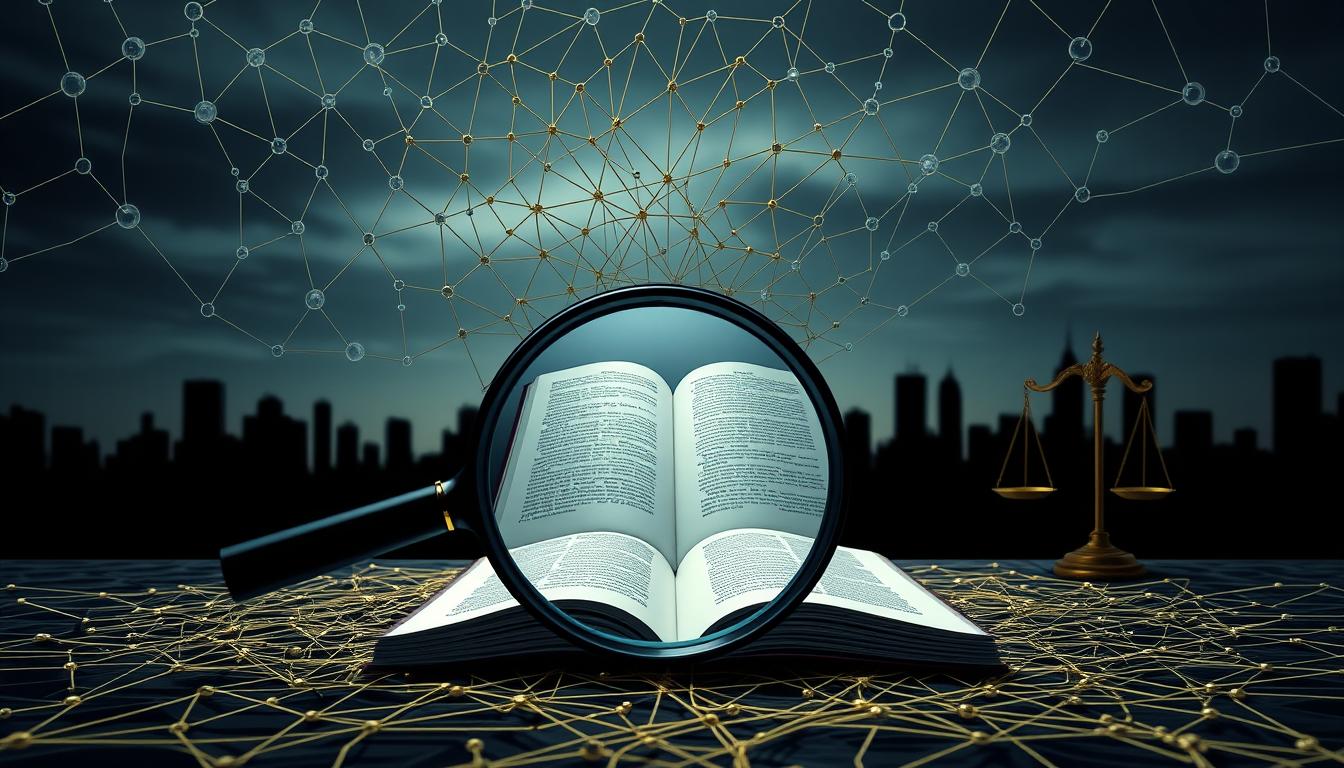Now Reading: NFT Legal Framework: Laws and Regulations Explained
- 01
NFT Legal Framework: Laws and Regulations Explained
NFT Legal Framework: Laws and Regulations Explained

The explosive growth of blockchain-based collectibles has reshaped global markets, with sales surpassing $20 billion in 2021 alone. From Sotheby’s $11.8 million CryptoPunk sale to Beeple’s groundbreaking $69.3 million artwork auction, these transactions highlight a rapidly evolving sector transitioning from digital art experiments to mainstream financial instruments. As industries from gaming to real estate adopt this technology, regulators face unprecedented challenges balancing innovation with consumer protection.
Global authorities approach these unique assets differently, creating a complex patchwork of rules. The Financial Action Task Force classifies them as “crypto-collectibles” rather than traditional currencies, urging case-specific evaluations. This distinction proves critical as evolving legal standards struggle to address ownership rights, intellectual property concerns, and cross-border transactions.
Three key issues dominate current discussions:
- Jurisdictional variations in compliance requirements
- Potential misuse for financial crimes
- Gaps in existing consumer protection laws
Artists and investors now navigate uncharted territory where traditional contracts meet blockchain’s immutable ledgers. With projected market growth to $40 billion by 2025, understanding these dynamics becomes essential for sustainable participation.
Key Takeaways
- Global sales reached $20 billion in 2021, with projections doubling by 2025
- Major auction houses now regularly facilitate million-dollar transactions
- Regulatory bodies emphasize functional analysis over blanket classifications
- Ownership rights remain unclear under current intellectual property laws
- Compliance requirements vary dramatically between nations
Defining NFTs and Their Legal Significance
Unique blockchain-based tokens transform how we verify ownership in the digital age. These cryptographic assets use smart contracts to create unbreakable proof of authenticity, solving long-standing challenges in digital asset management.
Understanding Tokenized Assets
Each token contains distinct identification codes that establish scarcity and originality. Unlike cryptocurrencies, these items can’t be swapped equally – their unique nature makes them ideal for representing rare digital art, virtual real estate, or exclusive content. Creators embed specific rules through automated agreements, controlling aspects like royalty distributions and resale conditions.
Three critical features define these tokens:
- Indivisible structure prevents partial ownership
- Public ledger records create transparent history
- Off-chain storage balances accessibility with blockchain efficiency
Ownership Revolution in Digital Spaces
Purchasing these tokens often grants rights to the certificate rather than the underlying content. This distinction creates new questions about intellectual property and long-term access. The value proposition lies in verifiable provenance tracking and built-in creator royalties – features traditional ownership systems can’t match.
As markets evolve, buyers must understand what they truly own. Metadata links might break, and storage platforms could disappear, making permanent asset preservation an ongoing challenge. These complexities demand clear contractual terms and technical understanding from all participants.
Navigating the NFT legal framework: Understanding Regulatory and Legal Challenges

Emerging tokenized markets expose gaps in traditional financial laws. European regulators recently excluded most digital collectibles from MiCA oversight unless they function like securities. German authorities now classify some as crypto assets under banking rules, triggering licensing needs for platforms handling trades.
Key Laws Impacting Digital Collectibles
Securities laws apply when creators market tokenized items as investments. U.S. courts use the Howey Test to determine if transactions qualify as securities offerings. Anti-money laundering rules also affect platforms processing high-value trades, requiring identity checks.
Three factors shape compliance:
- Whether assets promise profit through others’ efforts
- Standardization across multiple transactions
- Jurisdictional tax treatment variations
Automated Agreements in Transactions
Self-executing code governs royalty splits and ownership transfers without intermediaries. Courts increasingly recognize these digital agreements as binding if they meet traditional contract criteria. However, jurisdictional differences create enforcement headaches when disputes cross borders.
Platforms now embed compliance tools directly into blockchain protocols. This innovation helps address evolving rules while maintaining transaction speed. As regulators observe market developments, adaptive solutions become critical for sustainable operations.
Legal Considerations in Copyright and Intellectual Property
Many buyers confuse blockchain ownership certificates with actual content rights. This misunderstanding fuels disputes when collectors attempt to reuse or monetize digital items. Clear distinctions between token possession and creative control remain critical for both creators and purchasers.

Distinguishing Copyright Ownership from Token Ownership
Owning a blockchain token doesn’t grant rights to the linked artwork or media. The NBA Top Shot platform demonstrates this clearly – buyers acquire tradable highlights but can’t reproduce videos commercially. Copyright holders retain authority over derivative works and public displays unless explicit agreements state otherwise.
Three critical gaps persist:
- Smart contracts often lack binding IP transfer clauses
- Storage platforms may vanish, breaking content access
- Secondary sales rarely include royalty shares
Role of Metadata and Licensing Terms
Embedded metadata can outline usage permissions, but courts require traditional contracts for enforcement. Brands like those using tokens for loyalty programs often pair digital collectibles with separate license agreements. These documents define whether owners can display artwork publicly or use logos in merchandise.
Artists face risks when minting works containing third-party elements. Unauthorized use of protected characters or music tracks could trigger lawsuits against creators and marketplaces. Proper verification processes help reduce infringement risks in fast-moving markets.
Privacy, Data Protection, and Security Risks
Digital ownership systems face a critical challenge: balancing permanent blockchain records with evolving privacy rights. This tension creates compliance hurdles for platforms handling sensitive information through tokenized assets.

Data Protection in an Immutable Blockchain Environment
Europe’s GDPR requires data correction and deletion – demands that clash with blockchain’s unchangeable nature. A collectible containing user biometric data, for example, could permanently violate privacy laws if stored on-chain. Platforms must implement creative solutions like:
- Off-chain metadata storage with deletion capabilities
- Token redemption processes that break data links
- Anonymization techniques before blockchain recording
Cybersecurity Threats Impacting Transactions
The 2022 OpenSea breach exposed vulnerabilities in centralized marketplaces, where hackers stole $1.7 million in assets through phishing attacks. Three security priorities emerge:
- Multi-signature wallet approvals for high-value transfers
- Decentralized storage solutions reducing single-point failures
- AI-driven fraud detection in platform interfaces
Recent FTC reports show 46% of digital asset thefts involve social engineering tactics. Users increasingly demand insurance-backed protections and transaction reversal mechanisms – features challenging to implement in decentralized ecosystems.
Monetary, Tax, and Fraud Implications in NFT Markets
The financial landscape of tokenized assets presents complex challenges for creators and traders alike. As platforms process billion-dollar transactions, participants face evolving obligations around tax reporting and fraud prevention.
Taxation Challenges for Creators and Investors
Income tax triggers when artists sell digital works, while buyers track capital gains based on cryptocurrency value changes. A creator converting Ethereum to dollars faces two taxable events – asset sale and currency exchange. International traders must navigate conflicting rules, as Germany treats collectibles differently than U.S. short-term holdings.
Fraud Risks and Anti-Money Laundering Concerns
Copycat schemes like the $1 million fake Banksy sale expose verification gaps in decentralized markets. Platforms now implement AI-driven identity checks to combat impersonation scams. High-value trades draw regulatory attention, with 78% of exchanges updating anti-money laundering protocols in 2023 according to Chainalysis data.
Smart investors verify transaction histories and storage methods before purchasing. Transparent royalty structures and multi-signature wallets are becoming standard tools to reduce risks in this rapidly maturing market.
FAQ
How does owning a token differ from holding copyrights?
Purchasing a token grants ownership of the unique blockchain record linked to digital content, not the underlying intellectual property. Copyrights typically remain with creators unless explicitly transferred through licensing agreements or smart contracts.
Can smart contracts replace traditional legal agreements?
While automated contracts on platforms like Ethereum enforce predefined rules, they don’t override jurisdictional laws. Complex disputes often require court intervention, especially when terms conflict with consumer protection or securities regulations.
What tax obligations apply to trading digital collectibles?
The IRS treats profits from sales as taxable income or capital gains. Creators must report royalties, while investors track cost basis and sale prices. Platforms like OpenSea don’t provide tax forms, requiring manual record-keeping.
Why do decentralized ledgers pose privacy challenges?
Public blockchains permanently record transaction histories and wallet addresses. This transparency conflicts with GDPR’s “right to be forgotten,” creating compliance risks for platforms handling European user data.
How do licensing terms affect commercial usage rights?
Metadata embedded in tokens on marketplaces like Foundation may restrict buyers from reproducing or modifying linked art. Always review terms before using purchased assets in advertisements, merchandise, or derivative works.
What security risks exist in peer-to-peer trading?
Phishing attacks, fake listings, and compromised API keys frequently target wallets. Major exchanges like Coinbase have implemented two-factor authentication, but self-custody solutions shift fraud liability to users.
Are fractionalized tokens considered securities?
The SEC evaluates whether fragmented ownership constitutes investment contracts. Projects like Fractional.art now use SAFT agreements to navigate Howey Test criteria, but regulatory clarity remains evolving.















